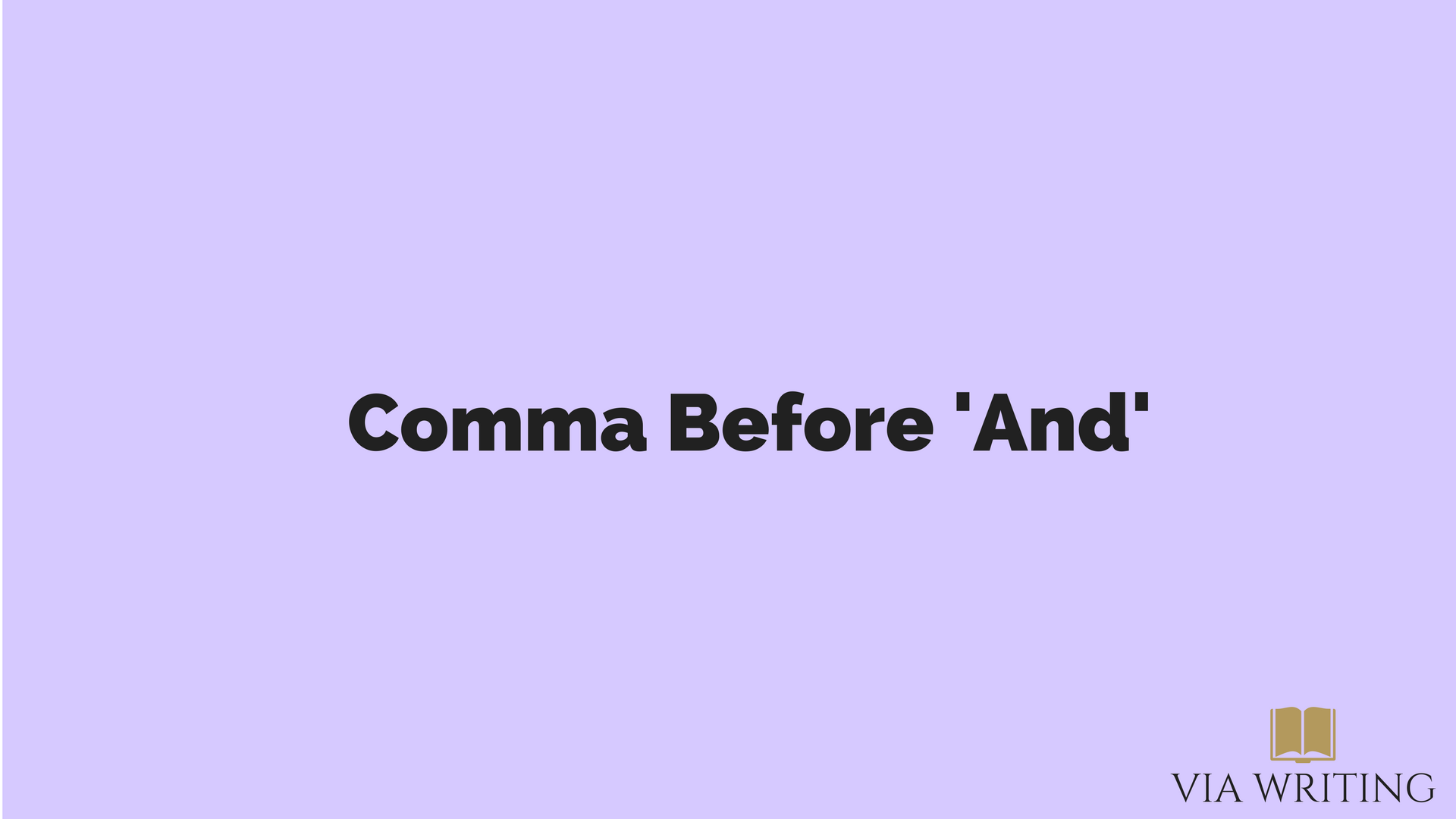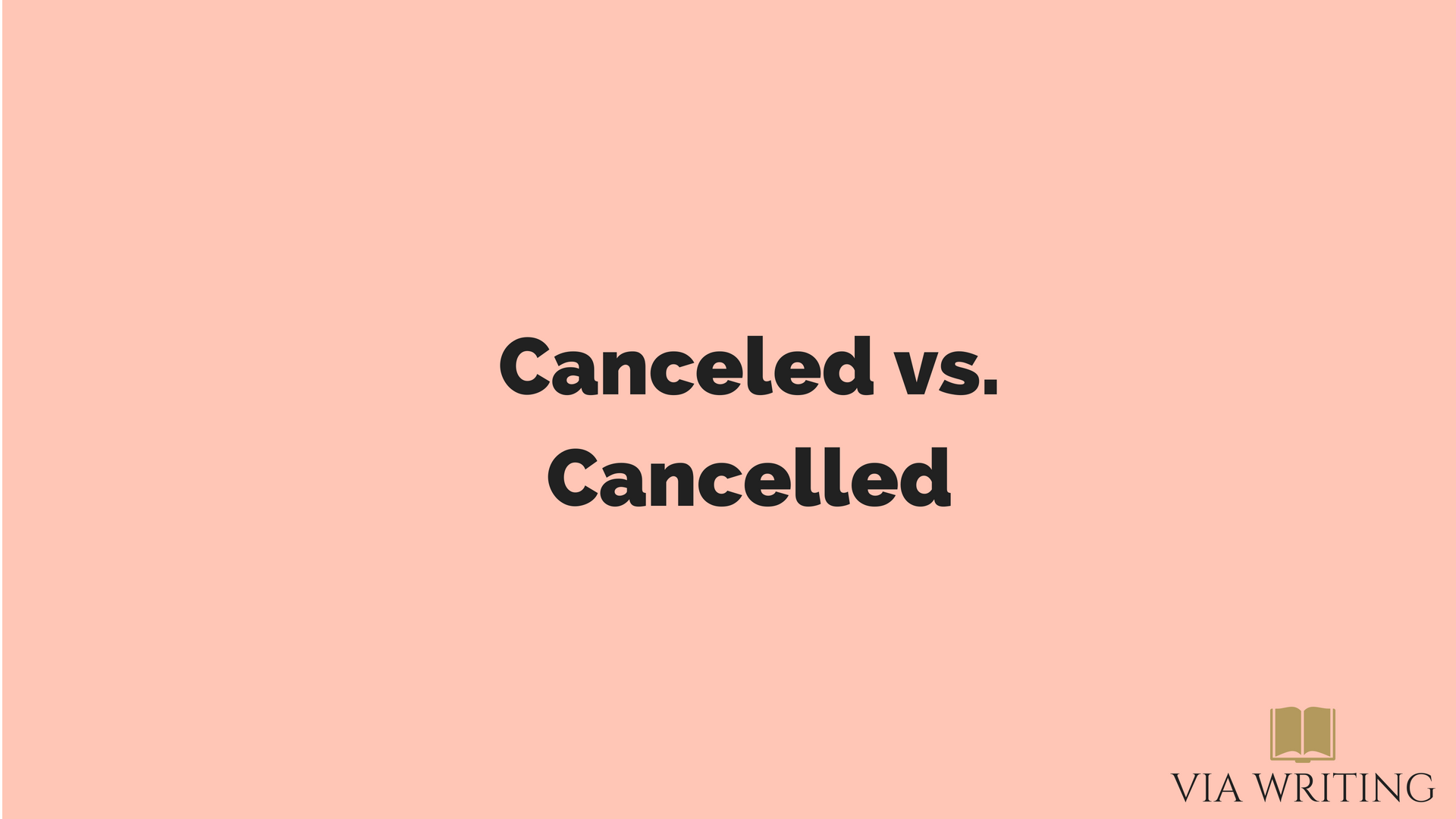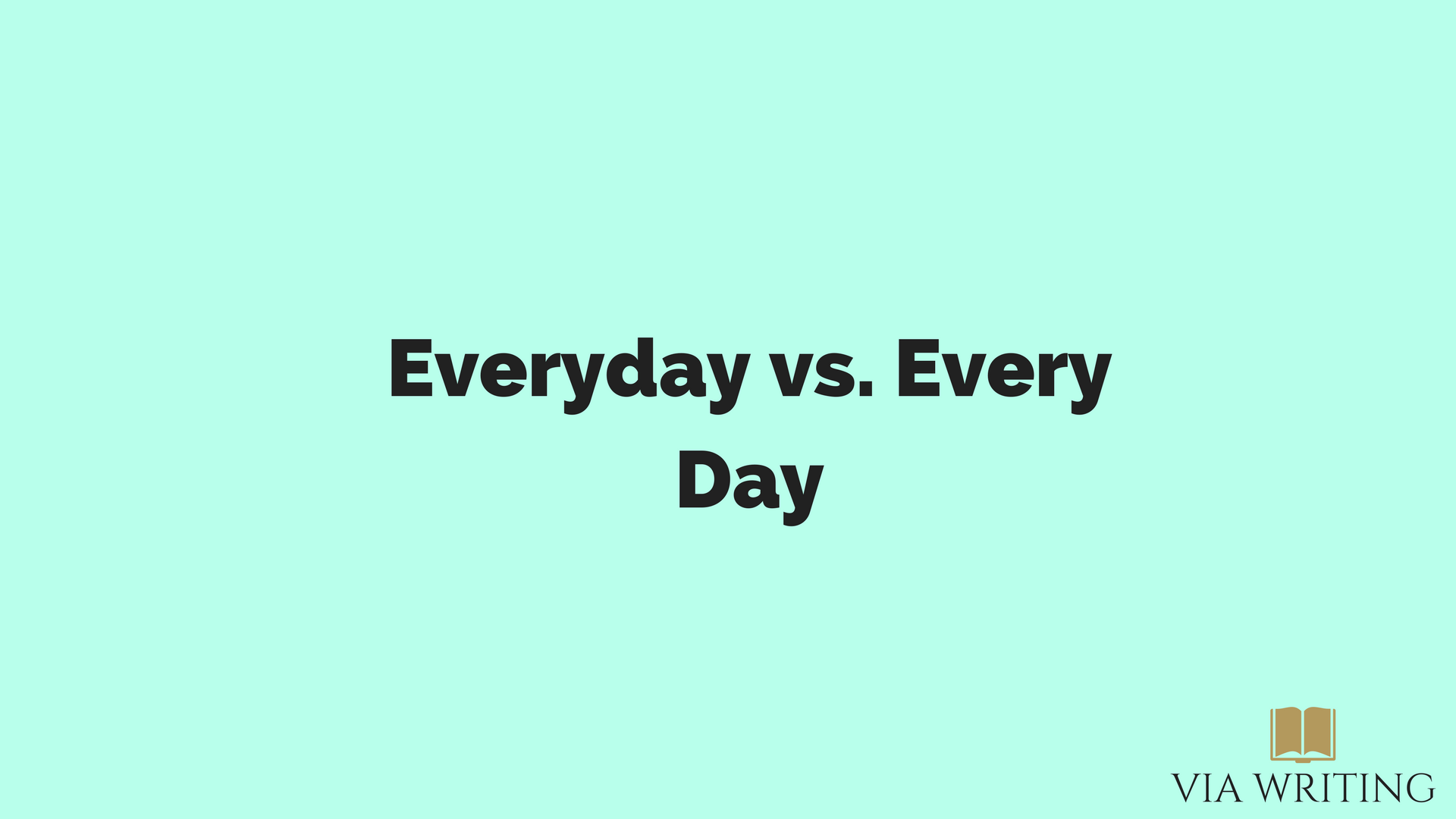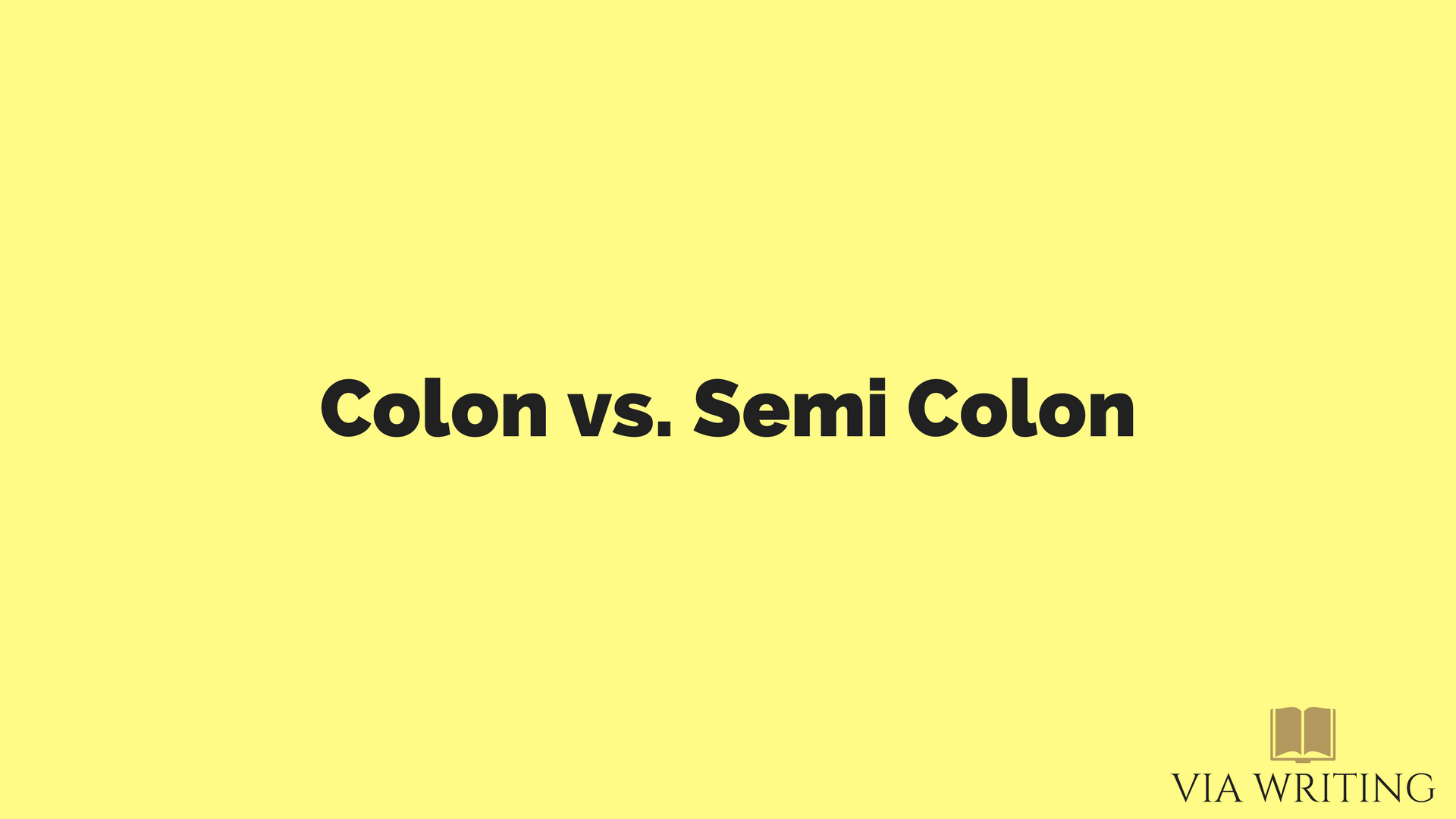There’s a lot of confusion, especially with students, about whether you should use a comma before using ‘and’. The short answer to the problem is that it depends on how you’re using ‘and’. Here’s a rundown of whether you should use that comma or not.
First, let’s look at lists. Say you’re talking about a new house. There’s two correct ways of listing it’s features:
- ‘The house is close to stores, has a great yard, and has been recently decorated.’
- ‘The house is close to stores, has a great yard and has been recently decorated.’
Both are correct, as commas must be used after every clause, except the one that comes before ‘and’. That comma is optional. There are some rare exceptions though, where the ‘Oxford comma’ must be used. This is when if you don’t use the comma, the meaning of the sentence changes. For example, take this sentence:
- ‘Please bring me a pencil, eraser, and notebook.’
Without the Oxford comma, it reads:
- ‘Please bring me a pencil, eraser and notebook.’
As you can see, the second sentence looks as though the writer is asking the eraser and notebook to bring them the pencil!
You can also use a comma before ‘and’ to connect two unrelated clauses. For example:
- ‘It’s cold outside, and I can’t find my coat.’
- ‘We want to visit Big Ben, and then see Tower Bridge on Thursday.’
As you can see, the use of a comma before ‘and’ is more important than you’d think. Now, you know just how to use it to get your meaning across when you write.




